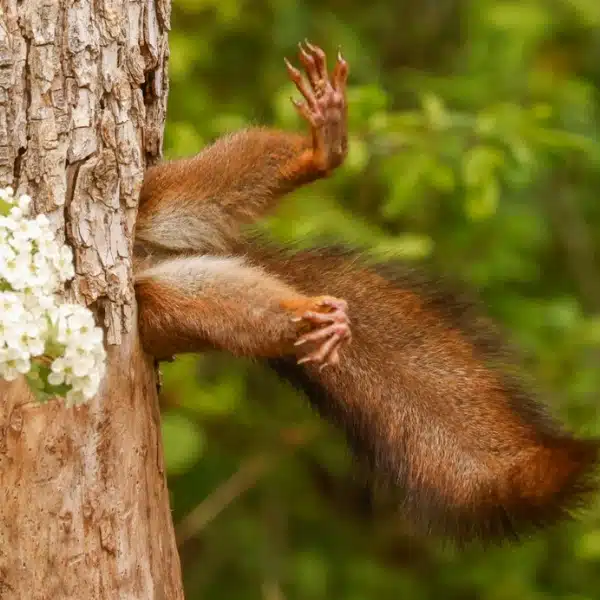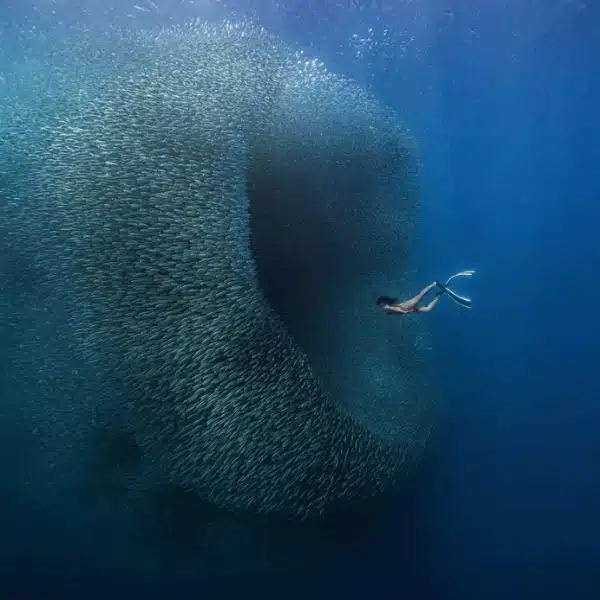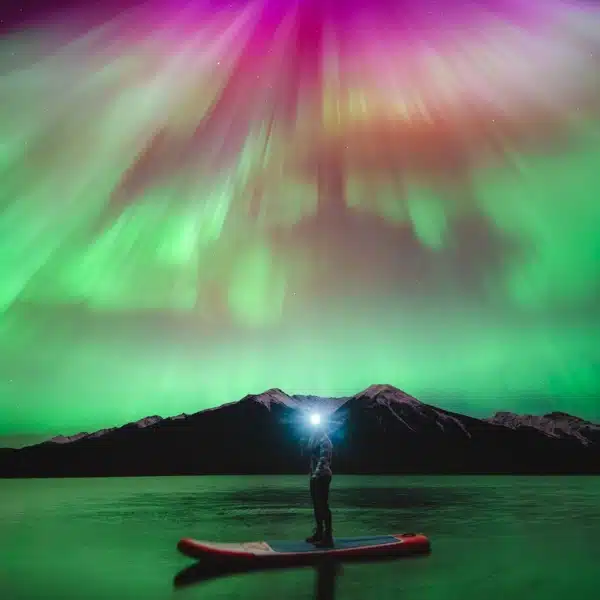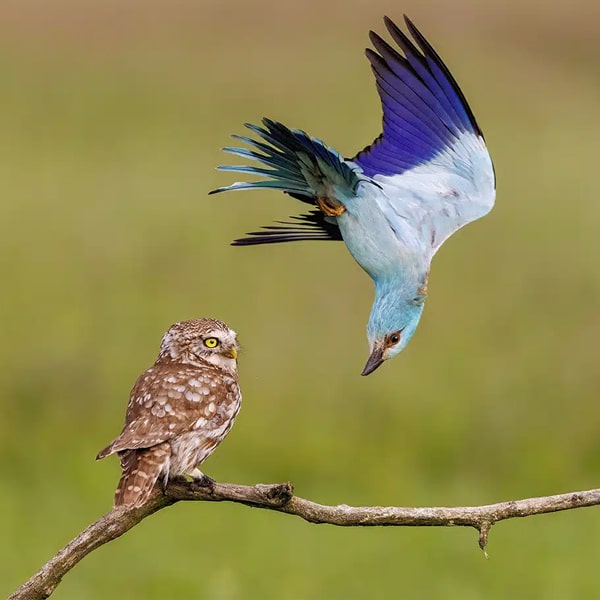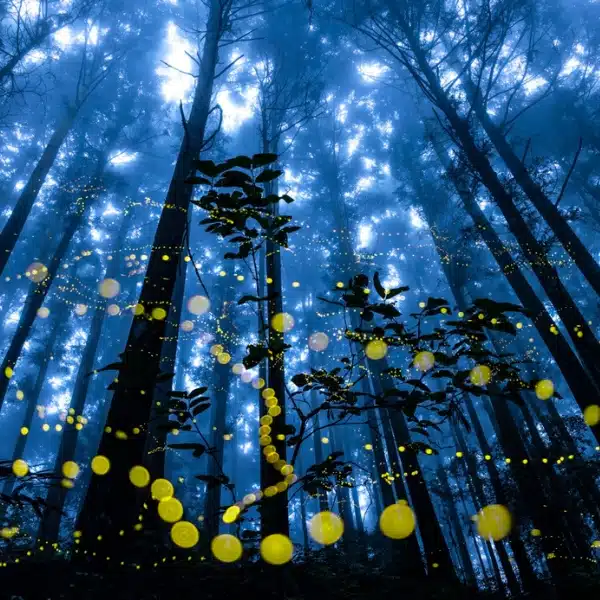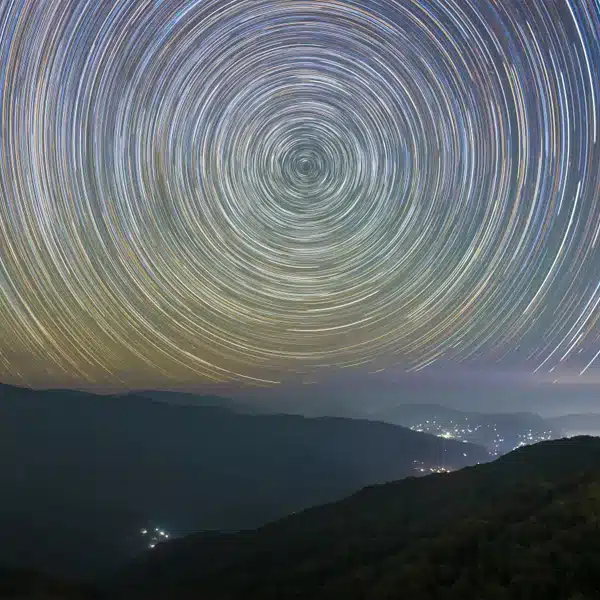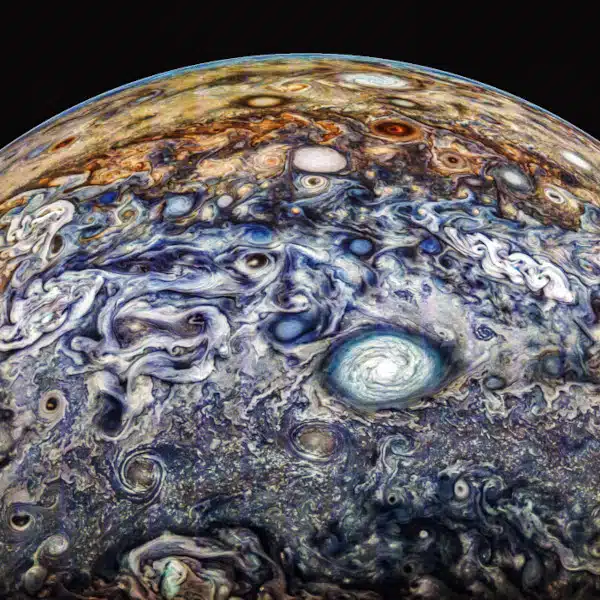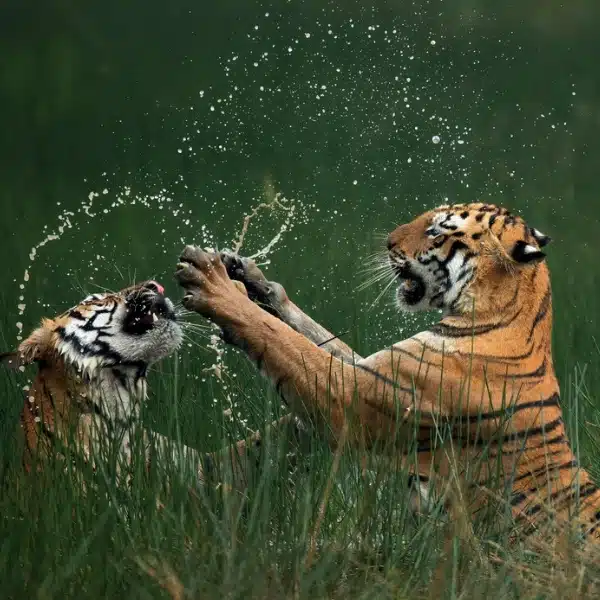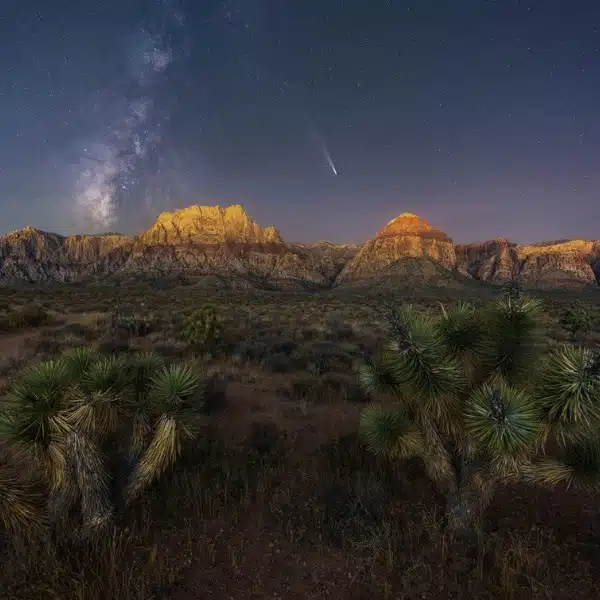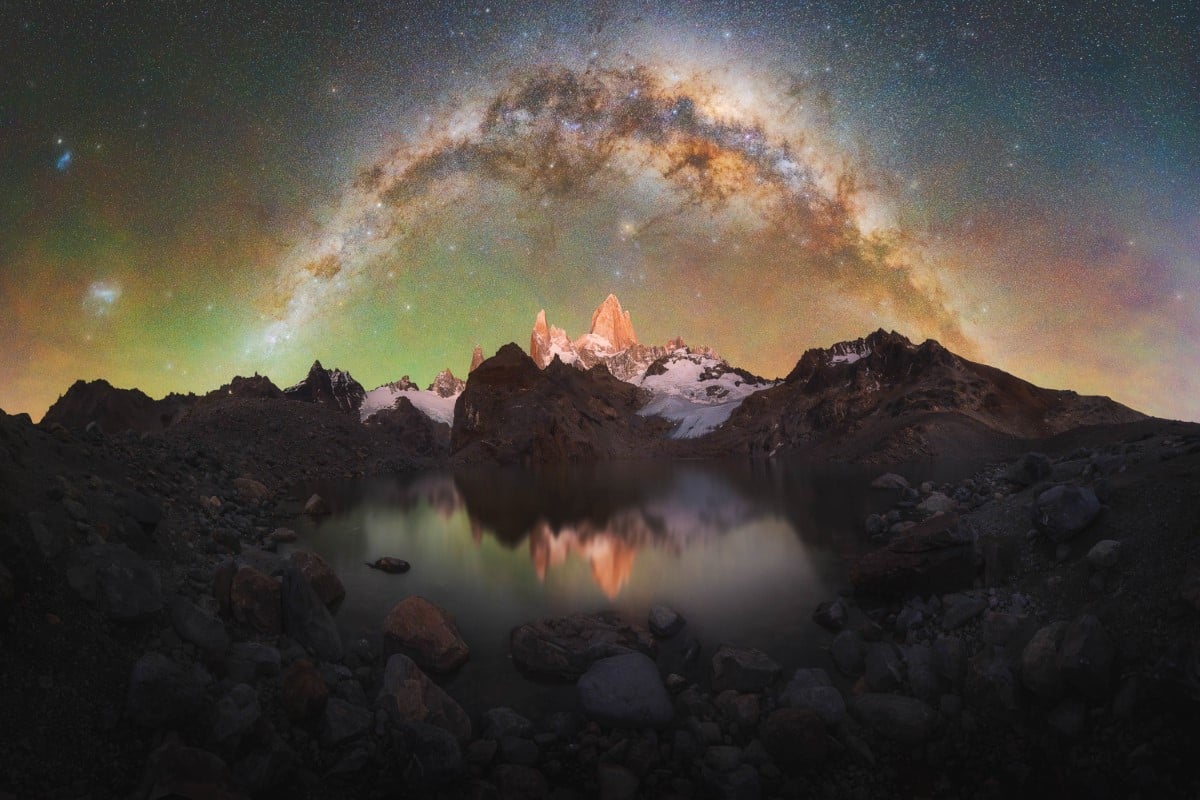
“A Clear Welcome” by Francesco dall'Olmo. Location: Laguna de los Tres, Patagonia, Argentina.
“This was the first photo I took in Patagonia. Contrary to expectations of cold, rain, and wind, our initial encounter with these landscapes was unusual: nearly three days of clear skies. Reaching the lagoon around 7 a.m., I immediately captured shots of the sky. Shortly afterward, I photographed the foreground, where twilight had already set in. This clear welcome gifted me with a rare photo of Fitz Roy framed by the Milky Way arch.”
For the seventh year, travel blog Capture the Atlas has celebrated our galaxy with its Milky Way Photographer of the Year collection. These 25 images of the Milky Way were singled out as exceptional examples of astrophotography and are awe-inspiring looks at the Milky Way.
The photographs, taken in 15 different countries—from the United States and Argentina to New Zealand and France—were selected from the more than 5,000 images submitted to this year's competition. Photographer Dan Zafra of Capture the Atlas curates the images, looking for photographs from both established and new photographers.
The final selection is not only beautiful but also inspirational. From remote locations in Patagonia to the snowy Alps of Slovenia, the stunning images demonstrate how creative astrophotographers can get with the Milky Way. Whether it's shown as an arch perfectly framing a mountain or accompanied by bands of colored light in the sky, it's incredible to see the diversity in our galaxy.
Scroll down to see 15 of our favorite images from the collection, and then head over to Capture the Atlas to see the full gallery.
The 2024 Milky Way Photographer of the Year includes images from 15 different countries.
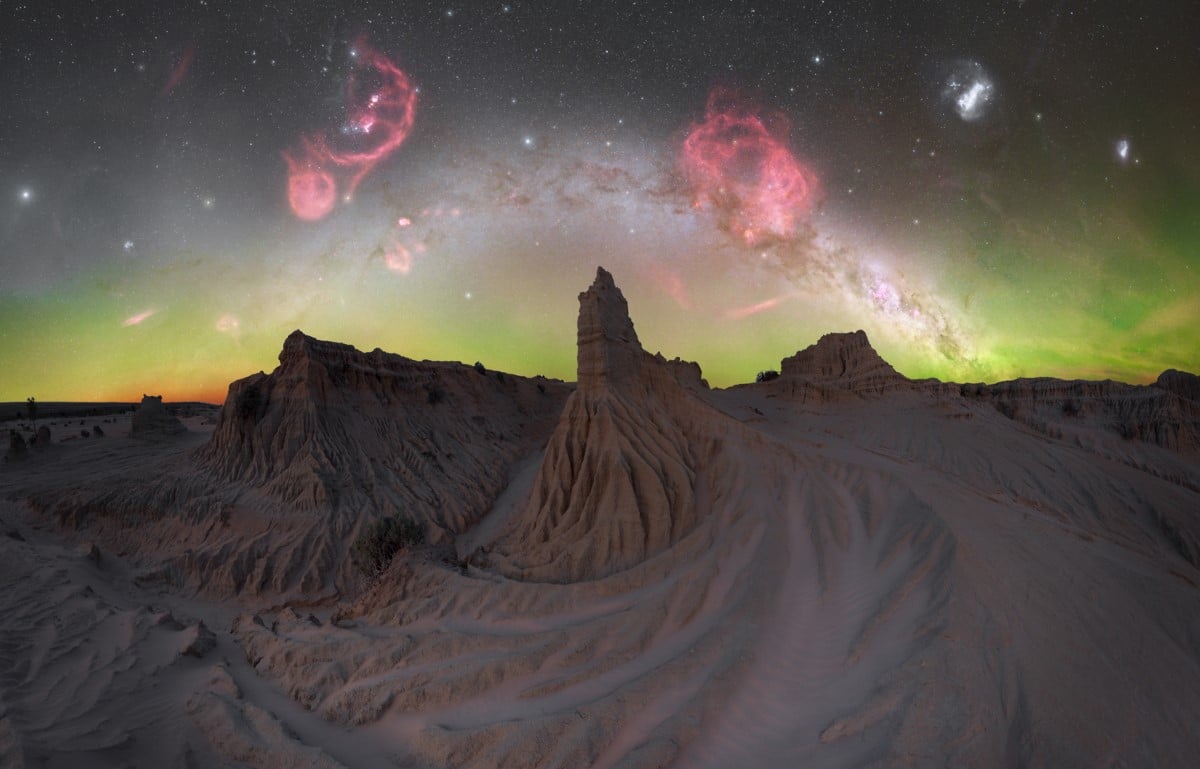
“Mungo Dreamtime” by John Rutter. Location: Mungo National Park, NSW, Australia.
“This Mars-like landscape is the shores of Ancient Lake Mungo, housing the oldest human remains outside Africa—a significant site for all humankind. Its remote location grants it a Bortle 1 sky, allowing you to stand where the first Australians once did and gaze at the same sky they beheld 100,000 years ago. The beauty of the arid, wind-carved landscape and the untouched sky is only eclipsed by the rich history of this area.”
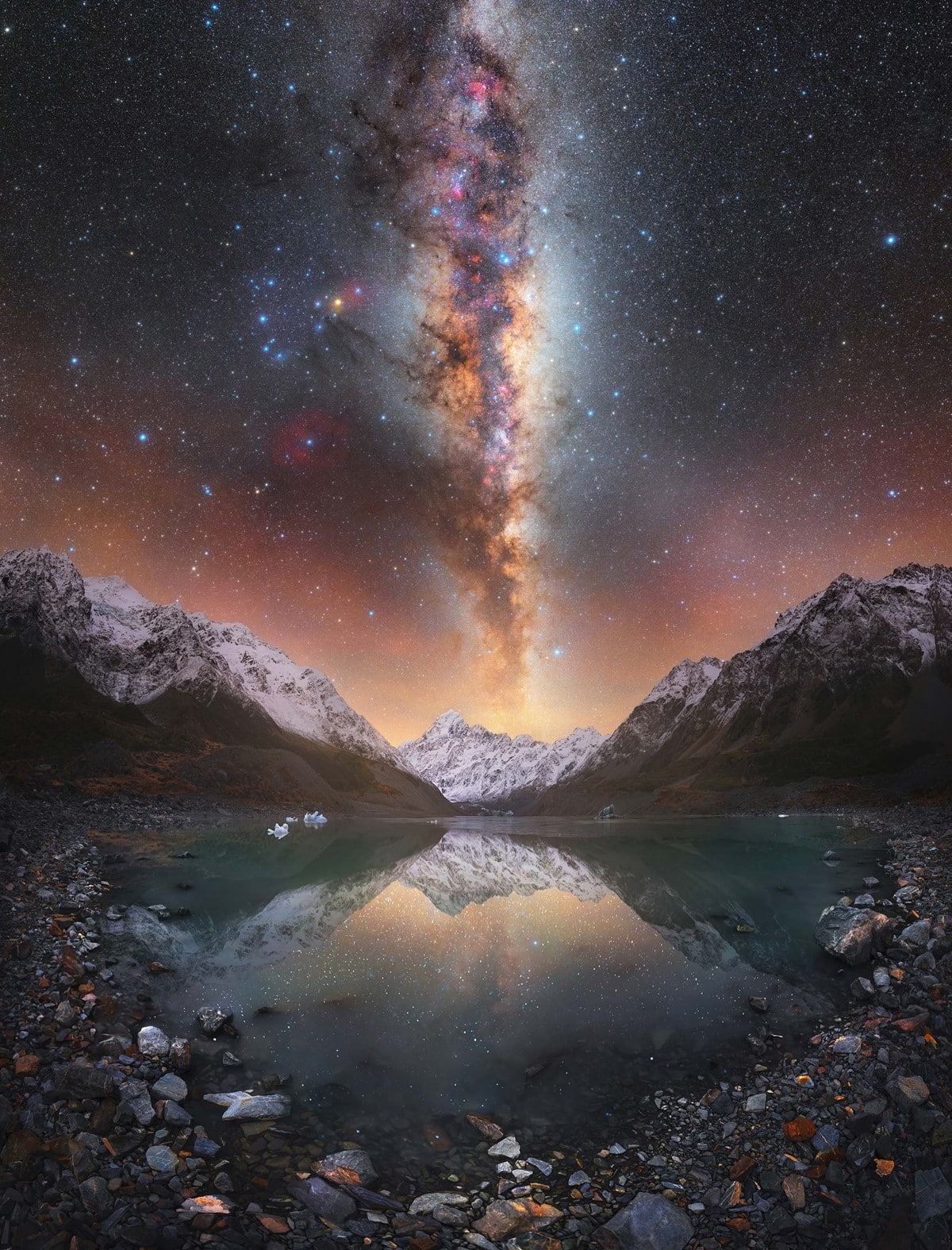
“Lightning Lake” by Tom Rae. Location: Aoraki, Mount Cook National Park, New Zealand.
“The Milky Way emerges from New Zealand’s highest mountain, Aoraki/Mount Cook, on a winter night—a shot I’ve longed to capture, knowing it would encapsulate the mountains and sky elements perfectly. In rare alpine weather conditions, I embarked on a journey up the glacial valley one night. Upon reaching the lake, the scene that unfolded made me feel like I had landed on another planet. This night, among many spent documenting this incredible part of the world, stands out for me.
It embodies the dedication, sleepless nights, and the fulfillment of completing my vision. The image features icebergs in the cyan-blue glacial lake, red airglow painting the sky, and the glow of billions of stars in the Milky Way—a glimpse into the vastness beyond.”
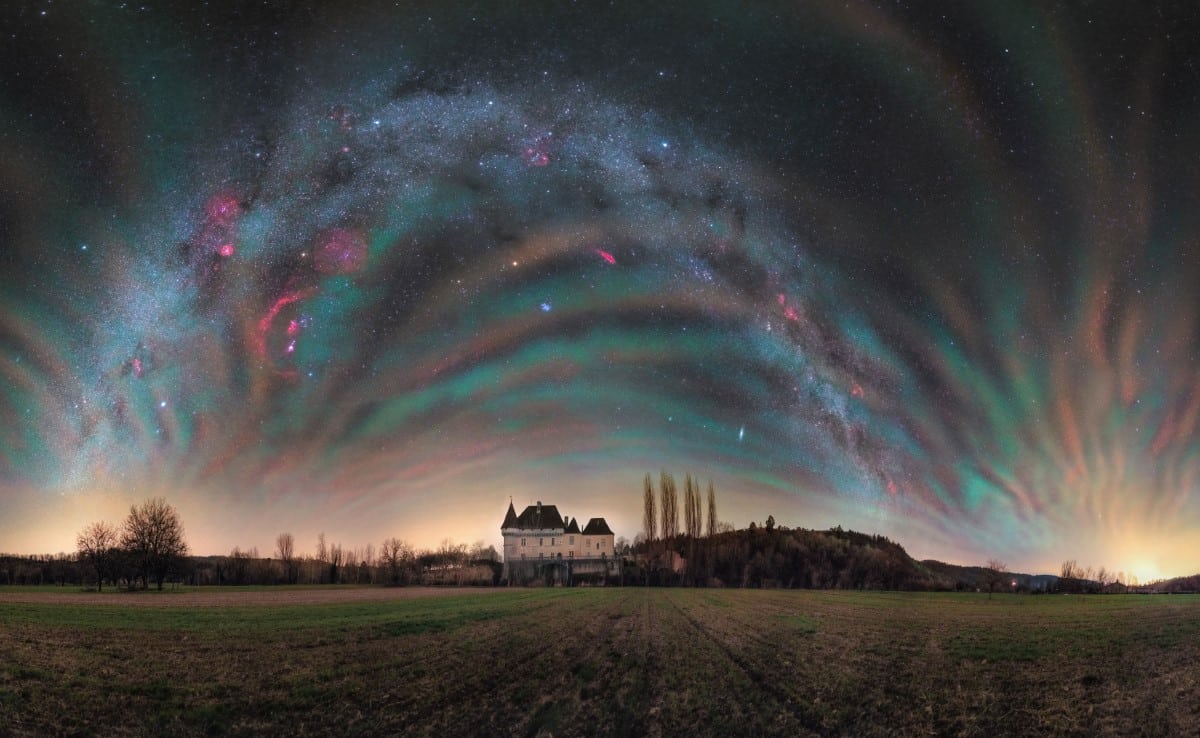
“Atmospheric Fireworks” by Julien Looten. Location: Dordogne, France.
“Last winter, I ventured to the foot of a medieval castle in France to capture the Milky Way’s “winter” arc. Alongside the stunning celestial vault, an exceptional airglow illuminated the sky, resembling multicolored clouds. This natural phenomenon occurs due to a chemical reaction in the upper atmosphere, emitting faint light known as chemiluminescence.
The panoramic view spans 180°, showcasing the entire Milky Way arc. From left to right: Sirius and the constellation of Orion, Mars, the Pleiades, the California Nebula, Cassiopeia, the double cluster of Perseus, and the Andromeda galaxy. Capturing this image required a large panorama of 40 exposures, totaling nearly an hour of exposure time using my Canon 6D Astrodon and Sigma 28mm f/1.4 lens.”
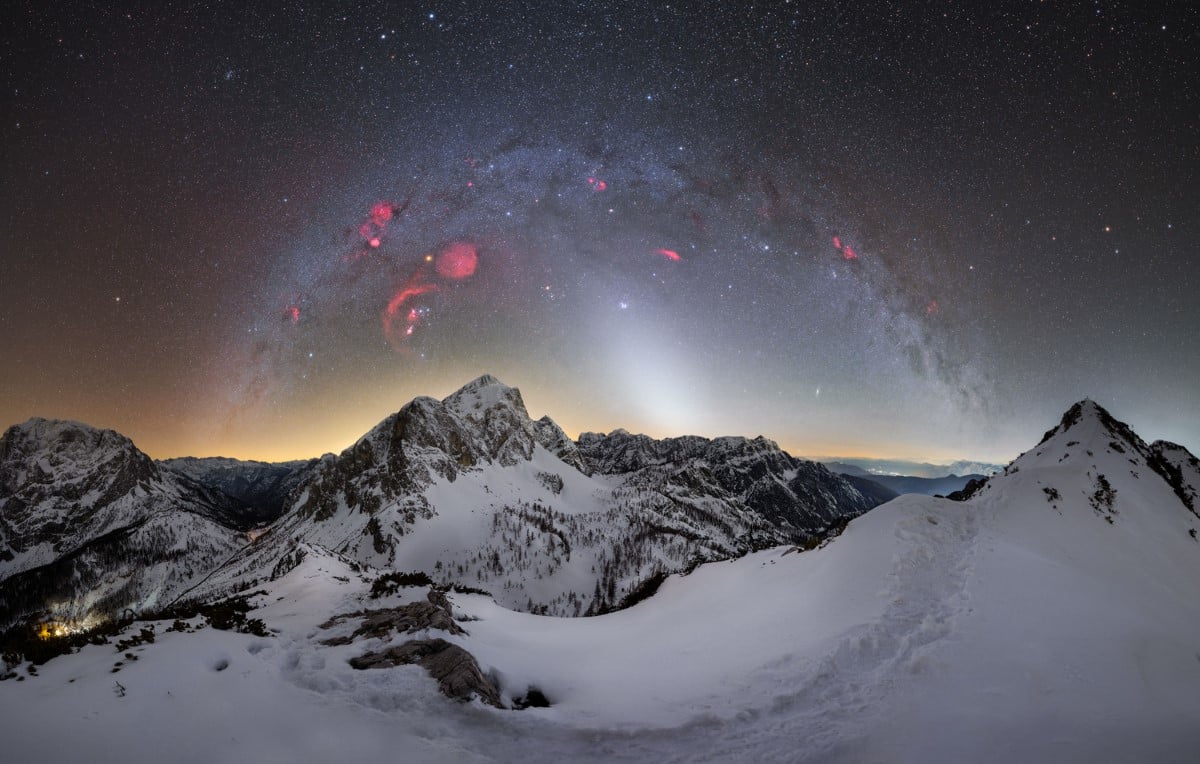
“Caradhras – Milky Way Arch Above Vrsic Pass” by Matej Mlakar. Location: Vrsic Pass, Slovenia.
“Vršič Pass is a high mountain pass across the Julian Alps in northwestern Slovenia. It is the highest pass in Slovenia, as well as the highest in the Eastern Julian Alps. It connects Upper Carniola with the Trenta Valley in the Slovene Littoral. One of those peaks is Prednje robičje (1941m), where this image was taken from. On Sunday afternoon, my friend Nino Frelih and I were still quite undecided about where to go.
I knew I wanted to capture probably the last winter Milky Way arch of the season above snow-covered peaks, and this location was a sort of last-minute idea while we were driving towards Vršič Pass. Sometimes it pays off to be a bit more spontaneous.”
Now in its seventh year, the collection is curated by travel blog Capture the Atlas.
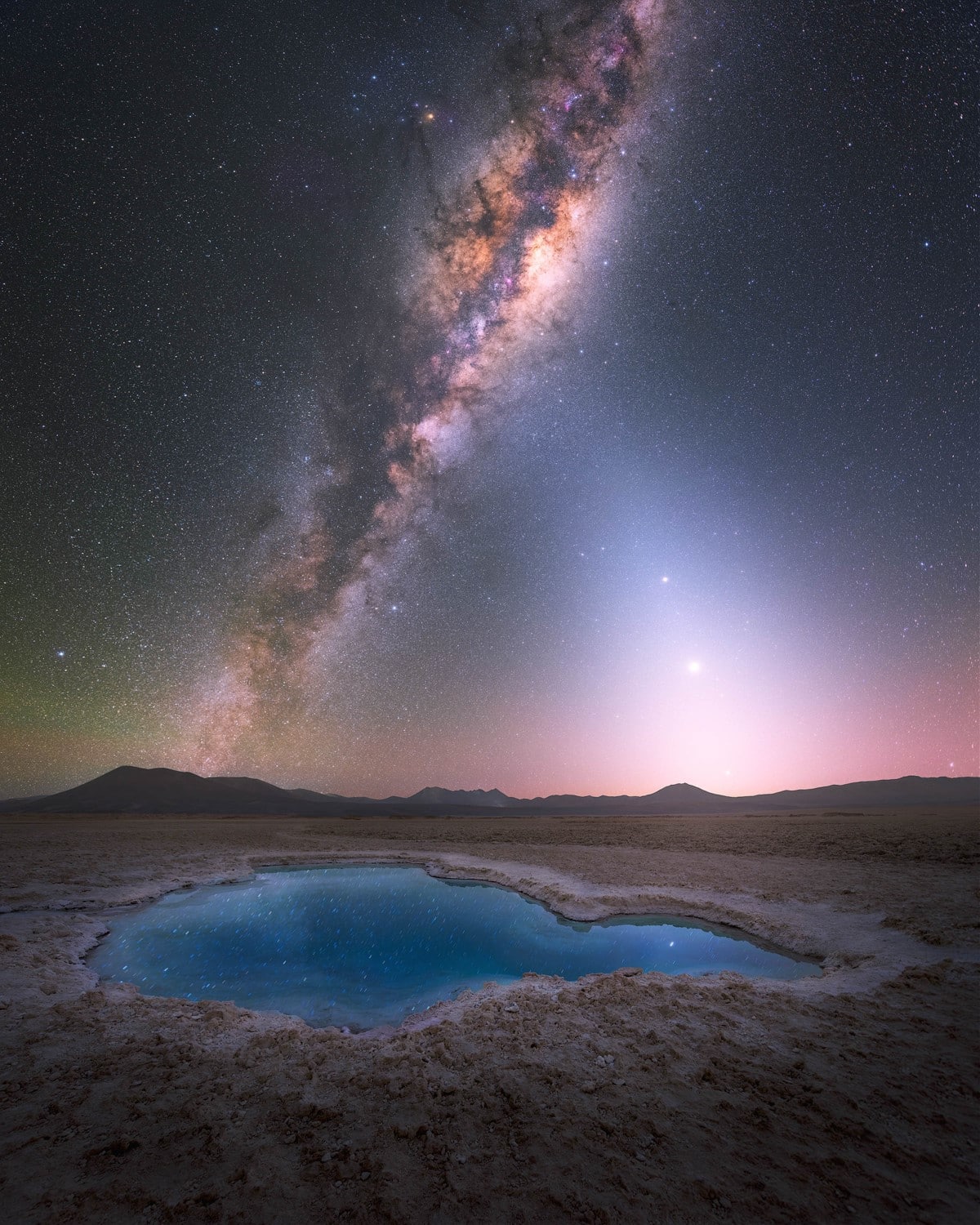
“Blue Lagoon Under the Stars” by Yuri Beletsky. Location: Atacama Desert, Chile.
“I captured this view at one of the remote sites of the Atacama Desert in Chile. The Galactic Center was already shining high in the sky, with the Zodiacal light beautifully complementing it on the right. The blue color was as real as the stars in the sky, adding a touch of magic to the scene. It was an absolutely incredible experience!
In that moment, all I could do was capture the beauty unfolding before me. It served as a reminder of the wonderful sights that exist in the world and the endless beauty that can be found when we simply look up at the night sky. It was a moment that made me feel deeply connected to the world around me and the universe beyond.”
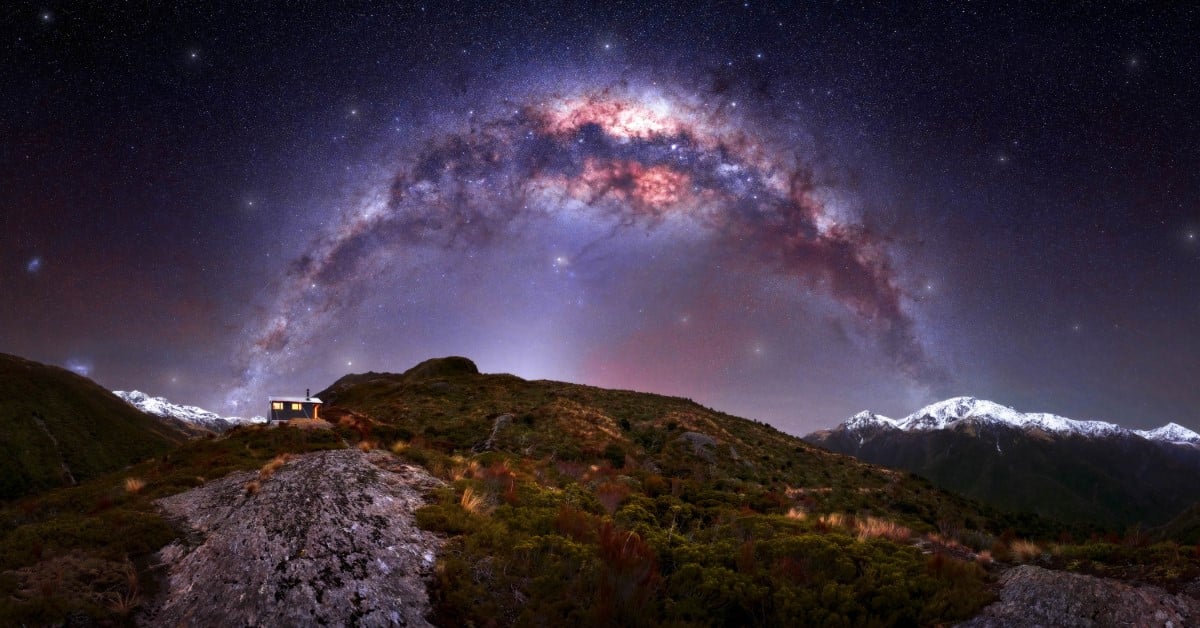
“Bluff Hut” by Rachel Roberts. Location: Mungo River Valley, West Coast, New Zealand.
“Sometimes, the best images come completely unplanned, which is precisely what happened on this trip to Bluff Hut, nestled in the Southern Alps on New Zealand’s South Island.
Only accessible by a challenging hike or helicopter flight, I had no intention of ending up here, as I had a different shoot planned at another hut. However, with weather closing in at my intended location and no backup plan, I trusted the chopper pilot to choose the best spot for clear skies that evening. Thankfully, he didn’t disappoint, and I was able to capture the Milky Way arching majestically over the hut from one of the darkest places on the planet.”
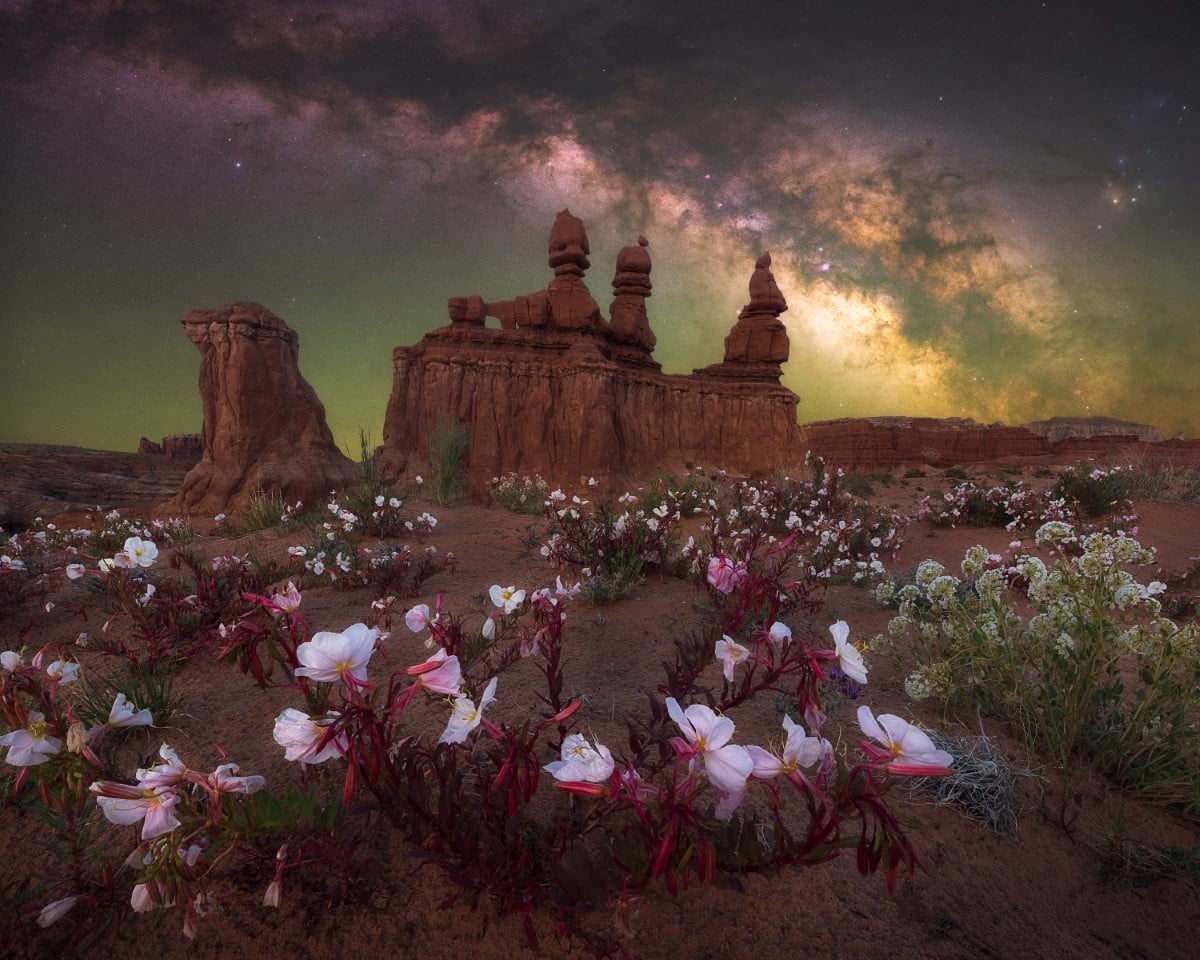
“Desert Bloom” by Marcin Zajac. Location: Goblin Valley State Park, Utah.
“Wildflowers blooming in front of a group of hoodoos called the Three Sisters in Goblin Valley State Park in Utah. The park, located in a remote corner of the Colorado Plateau and away from major urban centers, yields one of the darkest skies in the country.”
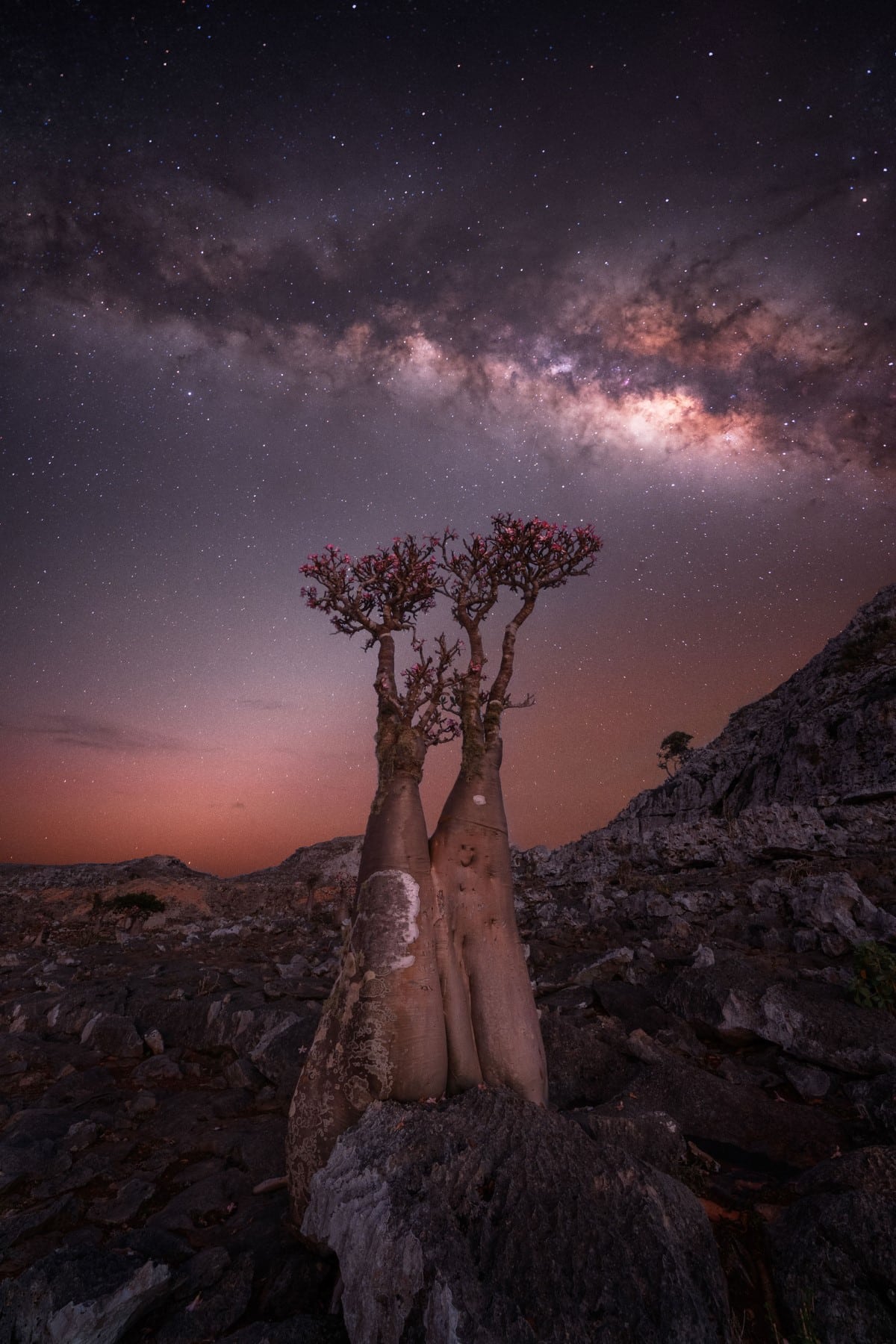
“Blooming Bottle Tree” by Rositsa Dimitrova. Location: Socotra Island, Yemen.
“Visiting Socotra was a dream come true – it had been at the top of my bucket list for a couple of years. The night sky in Socotra is categorized as Bortle 1 on the dark sky scale – the darkest you can possibly get. But it wasn’t just the dark skies – it was the alien-looking foregrounds that truly took my breath away. The gorgeous bottle trees of Socotra are especially beautiful in full bloom. They only bloom for a few weeks in February and March, and it’s a mesmerizing sight you want to experience again and again.
I was actually 11 weeks pregnant with my second child when I visited – I must admit that camping and shooting all night were not the most fatigue-friendly activities, but all the challenges were absolutely worth it. I’m now dreaming of taking my two daughters to Socotra one day – for an experience they will never, ever forget.”
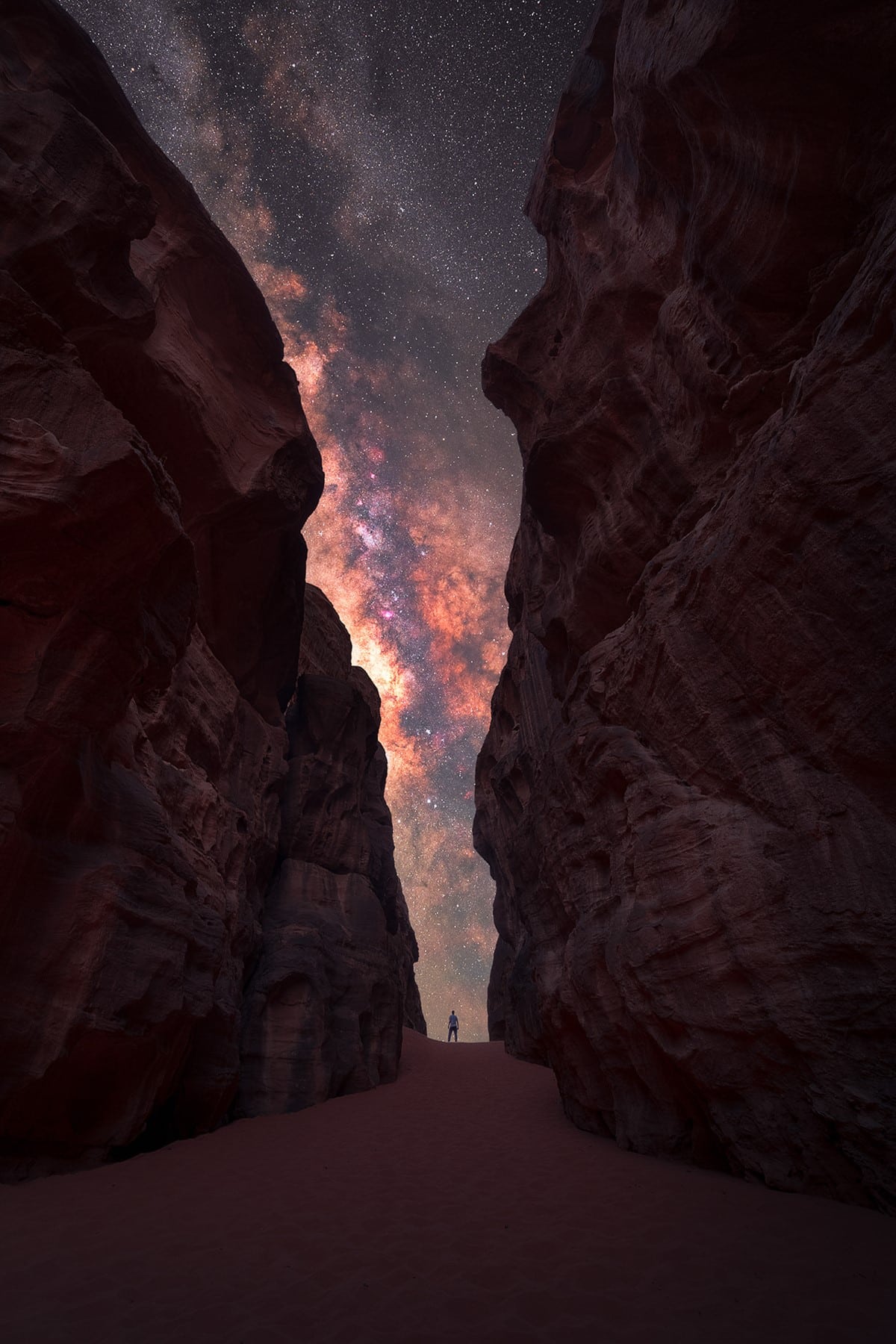
“The Vanity of Life” by Mihail Minkov. Location: Wadi Rum Desert, Jordan.
“The concept behind this shot is to highlight the stark contrast between the vastness of the cosmos and the minuscule nature of humanity. The composition intentionally draws the viewer’s focus to a small figure, underscoring our insignificance in the grand scheme of the universe, while the majestic Milky Way core dominates the background.
Whenever I venture out to capture the night sky, I’m filled with a sense of humility and gratitude for my existence. It’s as if my problems diminish in comparison, and I’m reminded of the immense love I have for my family and the beauty of life itself, making everything else seem trivial.”
These images of our galaxy are sure to inspire.
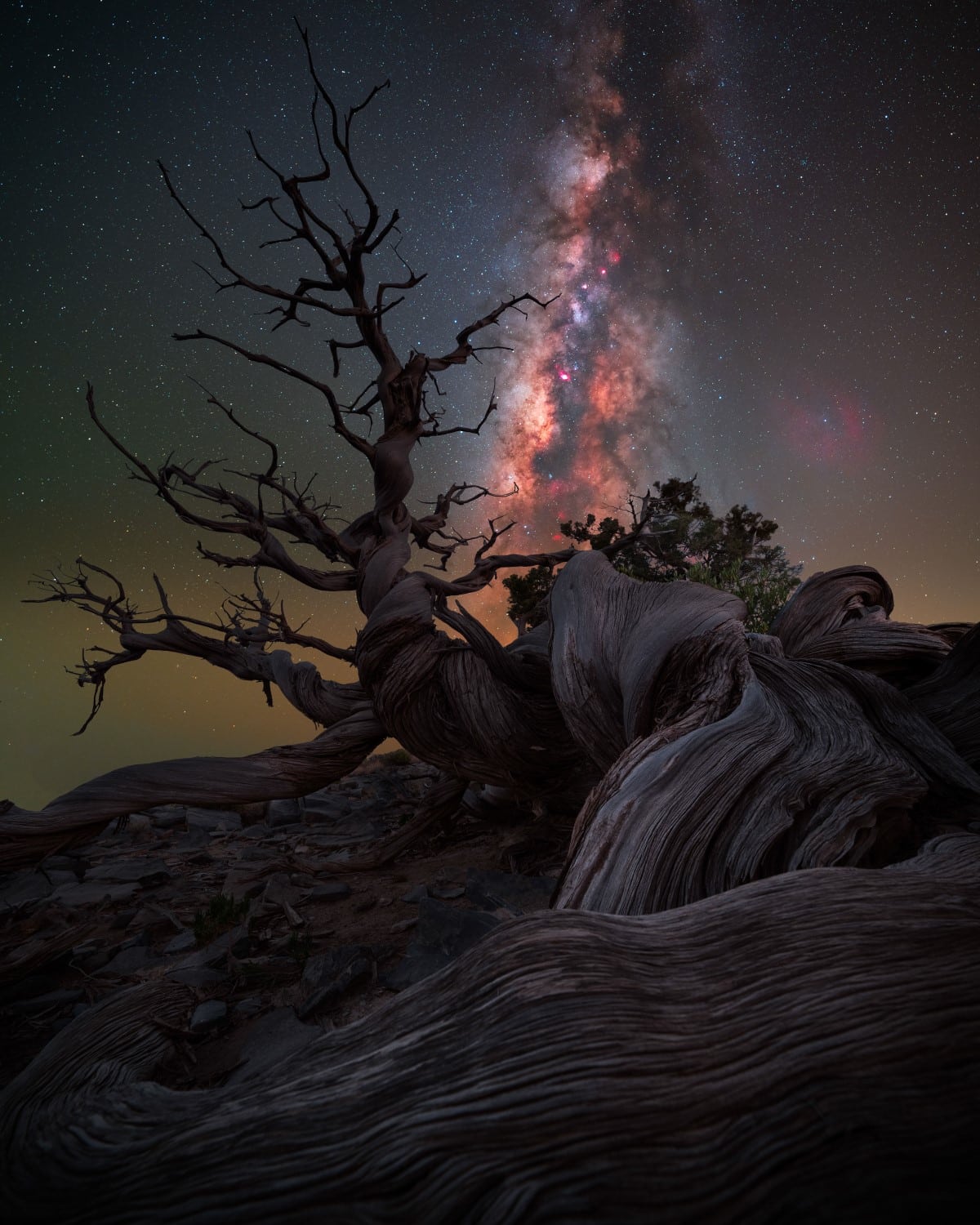
“Mother Juniper” by Benjamin Barakat. Location: Jebel Shams, Oman.
“The wisdom of the juniper reveals itself in its aged roots, twisted and sculpted over millennia, enduring the ravages of time and countless obstacles. Amidst the ever-changing tides of time, one constant remains: its profound connection with the night sky and the Milky Way. Their paths intertwine and converge, culminating in a perfect alignment. In that fated instance, I found myself beneath the juniper’s boughs, gazing up at the cosmic dance above, capturing its essence in the stillness of the night.”
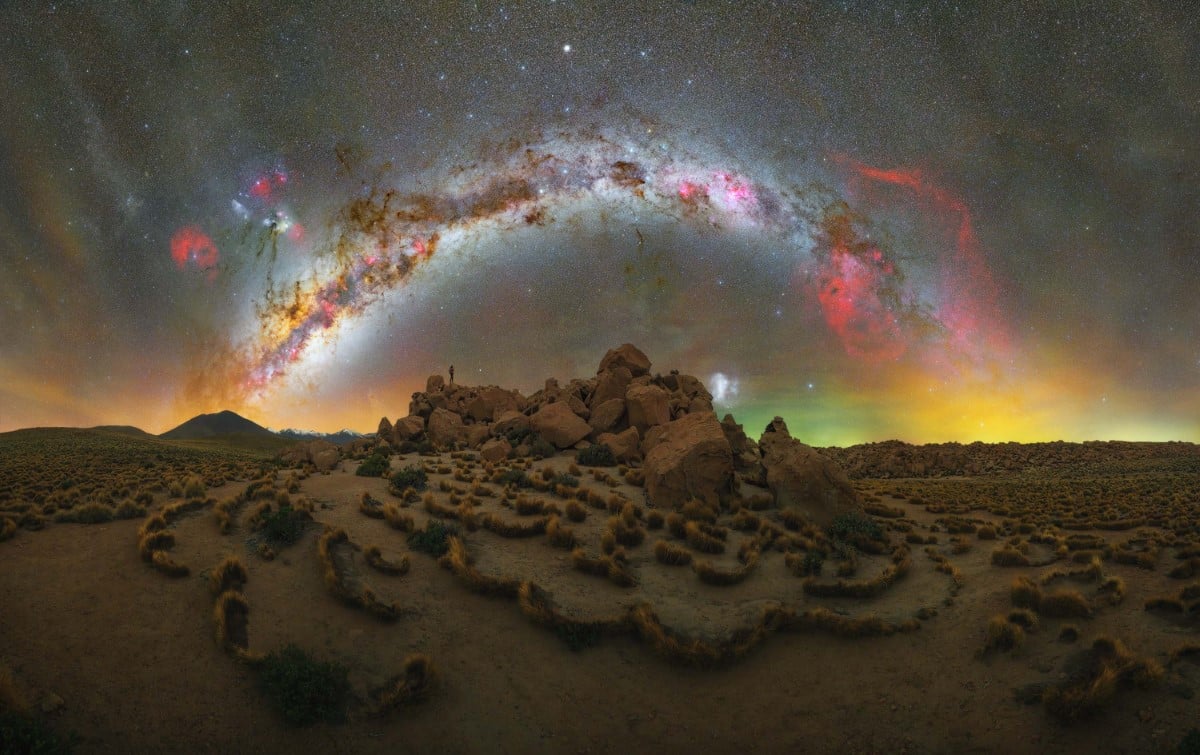
“The Lions Den” by Lorenzo Ranieri Tenti. Location: Atacama Desert, Chile.
“This image was captured during an adventurous night on the plateau of the Atacama Desert, a potentially dangerous area due to its designation as a mountain lion reserve.
After a whole afternoon of searching for compositions, I stumbled upon this remarkable mass of rocks adorned with tufts of grass, now burnt by the harsh environment.
The area was littered with bones of small animals and footprints of a significant size, indicating the presence of wildlife not typically associated with peaceful sheep. Spending the night there was admittedly a bit nerve-wracking, but the opportunity to photograph such beauty made it worthwhile. The Milky Way’s arch, in all its splendor, rises above the pristine landscape, creating a truly mesmerizing scene.”
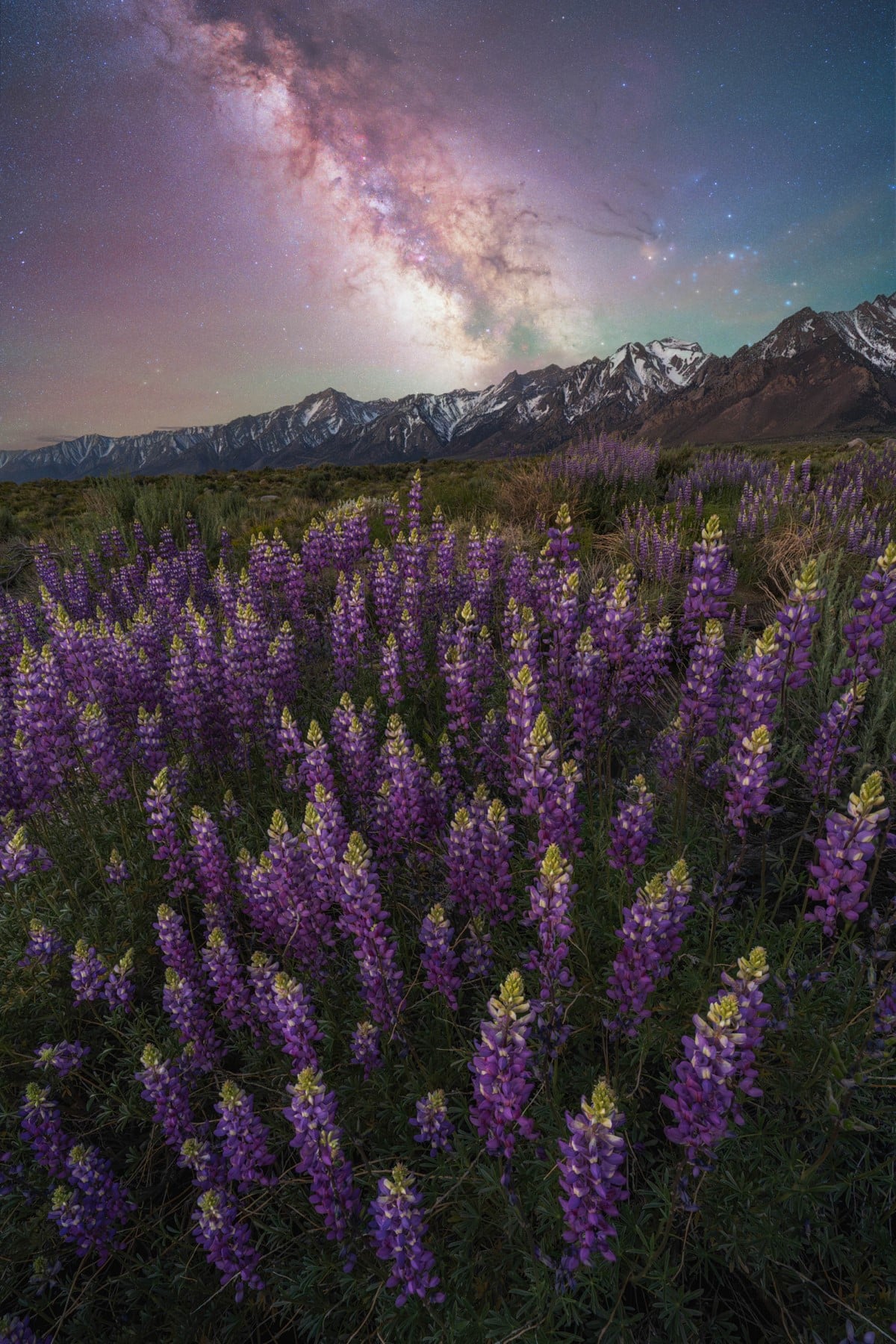
“Lupine Dreams” by Brandt Ryder. Location: Eastern Sierra, California.
“Super blooms can be a once-in-a-lifetime event. An atmospheric river in the winter of 2023 had caused record amounts of moisture to fall in the Eastern Sierra mountains and the foothills surrounding this area. The result was one of the best wildflower or super blooms on record for the state.
In May of 2023, I spent a couple of days around the iconic town of Lone Pine, California, where the lupines in the foothills were just coming into peak bloom and the skies are notoriously dark. I knew I wanted to create an image that transported the viewer into a sea of purple flowers framed by the snow-covered Sierra and the Milky Way rising above.
Although this spot was special, it was the incredible panoply of color in the night sky that I captured on this night that really elevates this image. Every time I look back at this image, I can still smell those flowers, and I’m immediately transported to this special place and time spent with special people.”
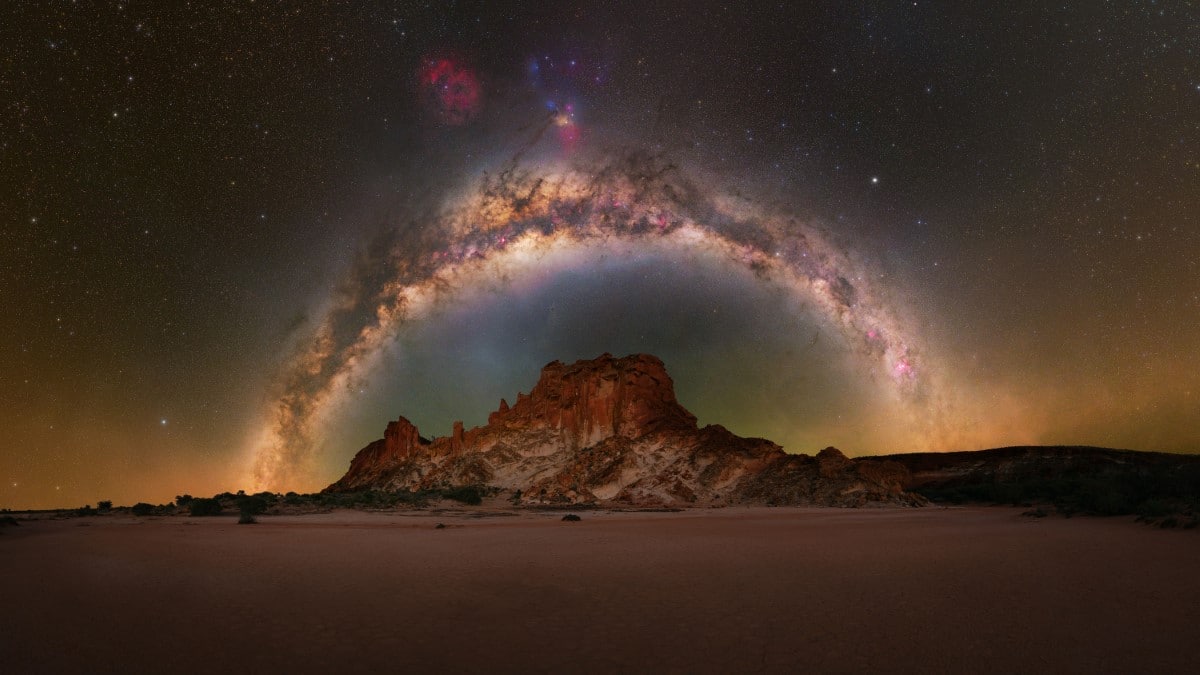
“Rainbow Valley” by Baillie Farley. Location: Rainbow Valley Conservation Reserve, Northern Territory – Australia.
“My recent journey to the Central Australian Outback was an incredible experience, exposing me to the harsh vastness of the outback and some of the darkest southern night skies in the world. This image captures the breathtaking scene at Rainbow Valley Conservation Reserve, where the southern Milky Way gracefully spans above a remarkable formation of colorful sandstone rocks. This area exudes a unique charm, with its vibrant hues and stunning geological formations creating a mesmerizing landscape.
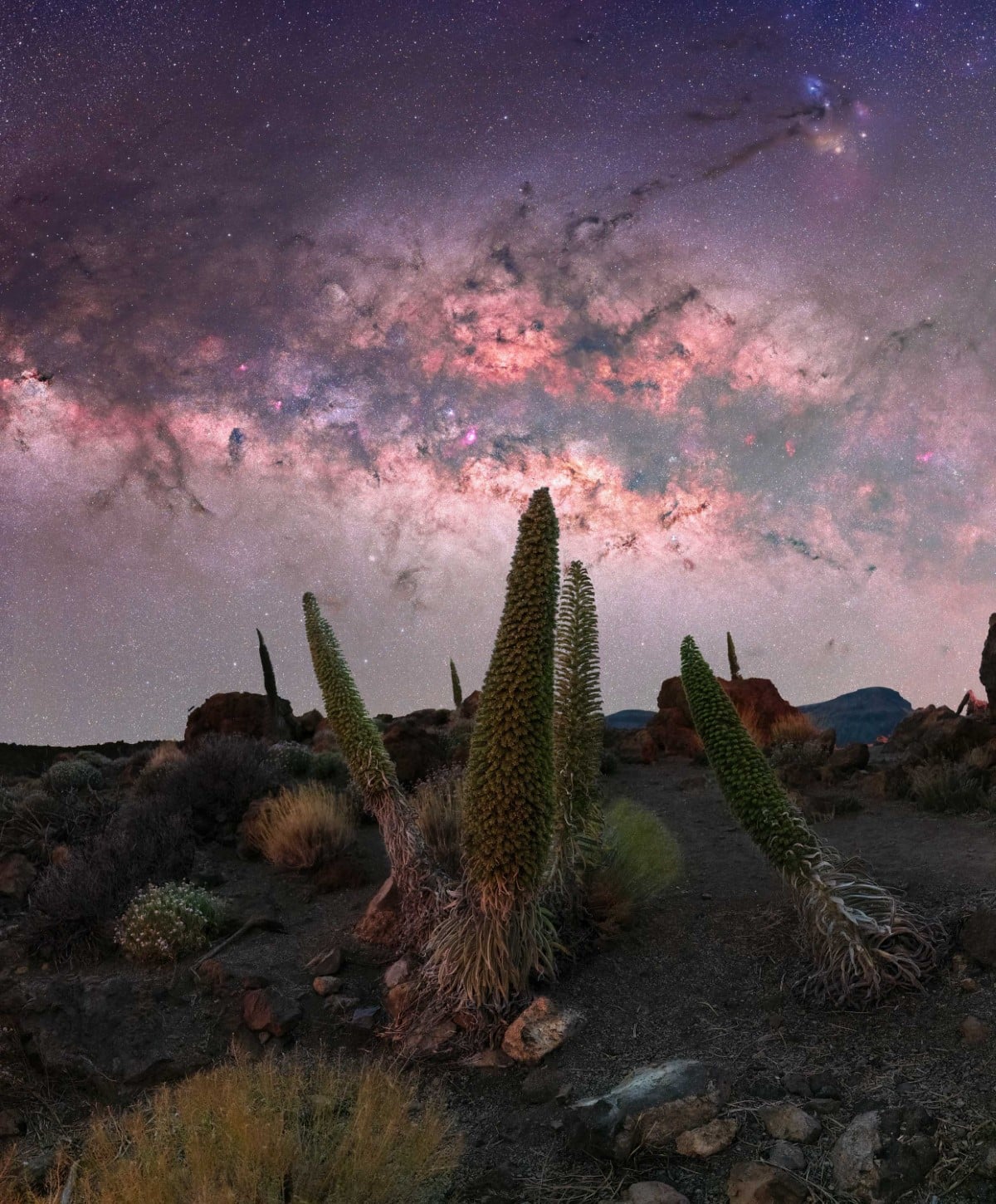
“The Tajinaste” by Maximilian Höfling. Location: Mirador El Tabonal Negro, Tenerife, Spain.
“My astro adventure on Tenerife was unforgettable. The Canary Islands, particularly Tenerife, offer ideal conditions for astrophotography. In the Teide National Park, situated at an altitude of around 2000 meters, clear skies are almost guaranteed, with lower clouds shielding city lights, minimizing light pollution.
My primary goal in astrophotography is to unveil the hidden beauty of the night sky beyond the visible stars. I’m especially passionate about showcasing our galaxy, the Milky Way, in all its glory. I believe this picture achieves that goal impressively, capturing the mesmerizing brilliance of the Milky Way against the pristine backdrop of Tenerife’s night sky.”











































































